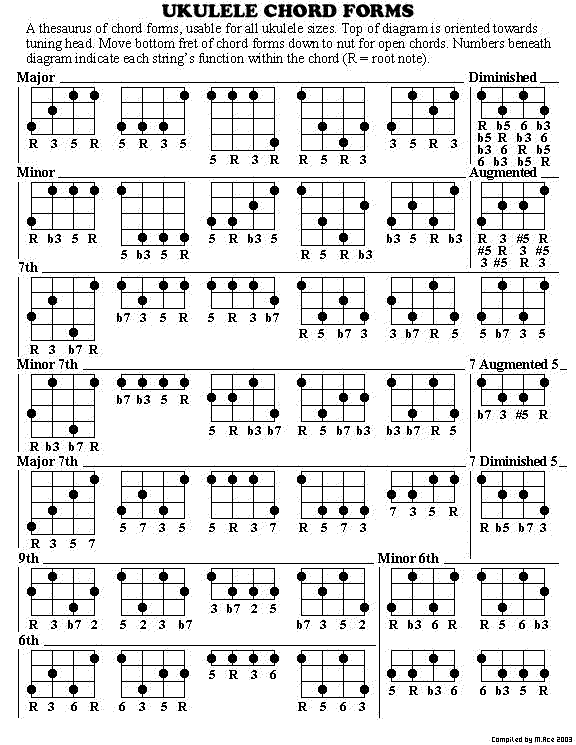kissing
Well-known member
- Joined
- Mar 30, 2009
- Messages
- 4,362
- Reaction score
- 592
Like many ukers, I really dislike the E and Eb chord.
But I just realised something that might work for me LOL.
Apparently the Bb chord shape, if you use the same shape of it in higher frets, it will play the chord that many semitones up.
ie: Bb chord <one fret up> B --->C ---> C# ----> D etc.
So if you play the Bb chord shape 6 frets up, you have your E (1st finger on 7th fret).
It does sound unusually high, but realising that chords transpose up n down just added a whole new set of chords to my arsenal.
I imagine the same applies for any other chord shapes that fret all 4 strings (like Bminor---> Cminor ---> C#minor---> etc).
I would always have trouble recognising weird chords like C# or C#minor or G#, etc... but now I can just power chord them, HAHA!
But I just realised something that might work for me LOL.
Apparently the Bb chord shape, if you use the same shape of it in higher frets, it will play the chord that many semitones up.
ie: Bb chord <one fret up> B --->C ---> C# ----> D etc.
So if you play the Bb chord shape 6 frets up, you have your E (1st finger on 7th fret).
It does sound unusually high, but realising that chords transpose up n down just added a whole new set of chords to my arsenal.
I imagine the same applies for any other chord shapes that fret all 4 strings (like Bminor---> Cminor ---> C#minor---> etc).
I would always have trouble recognising weird chords like C# or C#minor or G#, etc... but now I can just power chord them, HAHA!
Last edited:

